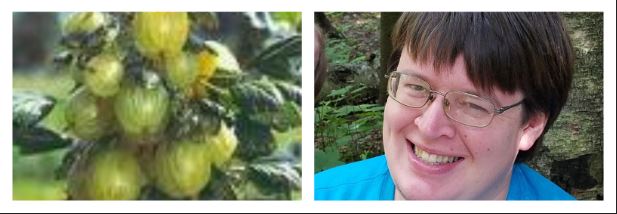One thing I like to do is ride on state recreational trails. These are sometimes called "rails-to-trails" paths; they are old, abandoned railroad beds that have been converted into recreational trails and are usually maintained by local enthusiast, usually a snowmobile club, since they are used by walkers, hikers, joggers, bikers, and folks on ATVs and snowmobiles. It sometimes strikes me as odd to be riding along on my bike and pass a speed limit sign that says "55 mph". Yeah, that's not me on my bike. Anyway, often these trails have old train tunnels on them, really cool. Tunnels are fun whenever you find them, which is pretty common on state recreational trails. But I digress. Because they are converted train tacks these trails typically are long and run through the countryside, between towns. That means through agricultural land: farmland. And farmland means it needs water.
Where I live it rains a lot but sometimes farmland still needs more water than what naturally falls from the sky. That means the farmers have to irrigate. Now days, big fields are watered with pivot irrigation systems.
The "pivot" part comes from the fact that one end is stationary, usually connected to a well from which the system pumps water. Then it is pumped out the length of the pipe, which is several feet in the air (so it will always be above whatever might be growing in the field), and out onto the crop. So the whole system is on wheels and rotates round the field, watering a big circle.If you're flying somewhere and look down and see a patchwork of green circles, those are fields being watered by pivot irrigation systems.
Along the length of the pipes are sprinkler heads that spray water out onto the crop.
At the end opposite of the stationary end is a big rain-bird type sprinkler head that sprays water way out beyond the end of the pipe. A way to extend the area that is being watered. Then, as the sprinkler works through its cycle, it rotates around the field, watering whatever is planted.
Most of the time, when I have been riding these state trails, the sprinkler system, if it's on and working at all, is in some distant part of the field, well away from the trail. Sometimes it's not. That's when you have to be careful. That rain-bird on the end sometimes will spray out onto the trial and you have to time your passing so it doesn't get you wet. Yeah, a rain-bird sprinkler covers a circle out on the end of the pipe so even if the length of pipe is near the trial the rain-bird will be doing a circle and only once in the circle will spray onto the trial. That's when you have to hurry by. You may have to stop and wait a minute as the rain-bird does its circle and moves off the trail but that doesn't usually take very long.
Then there was the day the sprinkler system was just through the trees from the trail and the rain-bird at the end was pumping out tons of water, directly onto the trial.
Because the rain-bird was just off the trail, almost half the circle it made was hitting the trail. I had to stop and wait. For almost half the circle. That took a little longer.
It was pumping so much water it was like a heavy rain. And because it was just through the trees and hidden by the trees, it was hard to tell exactly where the rain-bird itself was or where on the trail it was reaching, how long a stretch of the trail it was covering. It was actually reaching clear across the trail, well into the field on the other side. That made it hard to know where to stop so I could stay dry while I waited. And, yes, I miscalculated and stopped to wait too close. Pretty soon water was pouring through the trees and getting me thoroughly soaked. Before I could get backed up I was totally soaked and wet. Not entirely a pleasant experience. But before I realized I had miscalculated it was too late. It got me. Yeah, that happened. But, otherwise it was a very fine ride along a beautiful trial on a wonderful day.

















1 comment:
Whee! And those things pump a *lot* of water! Definitely an adventure!
Post a Comment